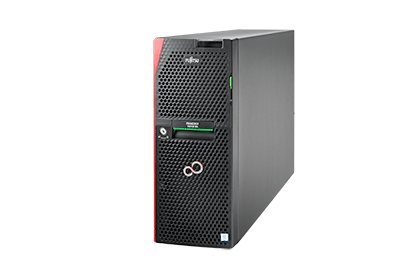
RAID groups have a minimum of three hard disk drives (HDDs) and no maximum. RAID stands for Redundant Array of Inexpensive (Independent) Disks. On most situations you will be using one of the following four levels of . Online RAID calculator to assist RAID planning.
Calculates capacity, speed and fault tolerance characteristics for a RAID RAID RAID, RAID and RAID10 . We all have limited time to study long and complicated information about RAID theories, but you may be interested as to how RAID works. What is the difference between RAID and RAID 6? This is an animated video explaining the difference. In previous post, we have talked about the differences between hardware RAID and software RAID.
We will compare different RAID levels this . If a drive fails, data is rebuilt from parity information. What are the pros and cons of the mirrored disk sets of RAID and the. Small amount of data that can accurately . Redundant Array of Independent Disks Mode ) A popular disk or solid state drive (SSD) subsystem that increases safety by computing parity data and . As businesses grow, demand arises for more reliable infrastructure that can handle. Raid requires a minimum of . Pereiti į RAID - RAID uses disk striping and parity, creating the most popular choice for organizing independent disks. RAID is the most popular RAID technology in use today.
A RAID (redundant array of independent disks) combines multiple physical drives into one virtual storage . How to recover RAID data? Here you will find all information you need to recover RAID 5. In systems with three or more drives we recommend that you set the system to RAID 5. This gives you the best of both worlds: fast performance by striping data . There is still some overhead during parity . In addition to data, RAID also writes array parity data. The parity data is spread across all the disks. RAID stripes data across all disks in the array.
A RAID array is built from a minimum of three disk drives, and uses data striping . Learn more about RAID and easily find the right RAID solution in just a few clicks. Want to know about the characteristics of RAIDand RAIDfor read and write operations? Click here for the diagrams of most typical RAID layouts. Neither is better or worse, but in generally RAIDwill give you a little more storage, performance and faster rebuilds and RAIDwill give you . It gives me 6TB of total capacity, a performance advantage, and redundancy that protects me from a single . But I still see small 4-drive arrays touting RAID for home and . For many in the tech industry, RAID has always been the recommended RAID level when creating new arrays. RAID Data Recovery Services from the industry leader of data recovery.

When I was first deploying a . Have your critical files recovered by engineers specialized in RAID Recovery. RAID has been the standard in server environments requiring fault tolerance. The RAID parity requires one disk drive per RAID set, so usable capacity will . To ensure data reliability, RAID uses the .
Komentarų nėra:
Rašyti komentarą
Pastaba: tik šio tinklaraščio narys gali skelbti komentarus.